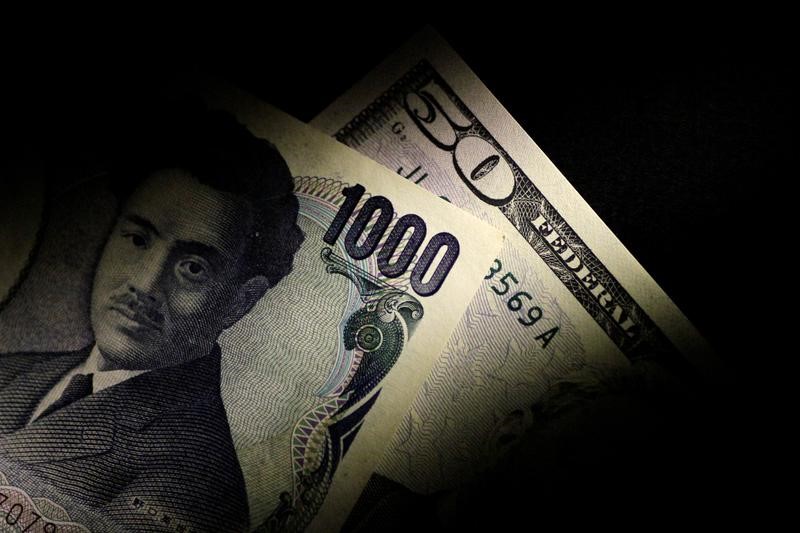Investing.com – According to UBS, the majority of fast money yen shorts are likely fully liquidated, which should reduce future volatility.
The unwinding of the carry trade in the yen has been a major factor behind much of the market volatility lately, as the Bank of Japan’s decision to raise rates last week and expectations of Federal Reserve cuts caused many players to reassess their interest rates. long held positions.
The global carry trade involves investors borrowing money where interest rates are low and using it to invest elsewhere in assets that generate higher returns.
For years, the Japanese yen was widely involved as it kept interest rates near zero in an effort to stimulate a stagnant economy.
A key focus of the markets is gauging the size of the global yen carry trade and how much more is at risk of unwinding, UBS analysts said in an Aug. 7 note.
“We categorize the yen carry trade into three categories: the ‘fast money’, the ‘semi-fast’ money and the ‘sticky money,’” UBS said. “We believe that the short positions in the fast money yen have probably been completely liquidated. In our opinion, the settlement of the last two groups should be gradual and not disorderly.”
“Our forecasts are currently ¥147, ¥147, ¥143 and ¥140 for September 2024, December 2024, March 2025 and June 2025 respectively,” UBS said.
“With the latest USD/JPY bounce, investors should look to sell the currency pair on rallies above ¥147 given our leading indication that it will decline longer term.”
At 06:10 ET (10:10 GMT), USD/JPY fell 0.4% to ¥146.10, falling sharply to a seven-month low of ¥141.67 at the start of the week.


